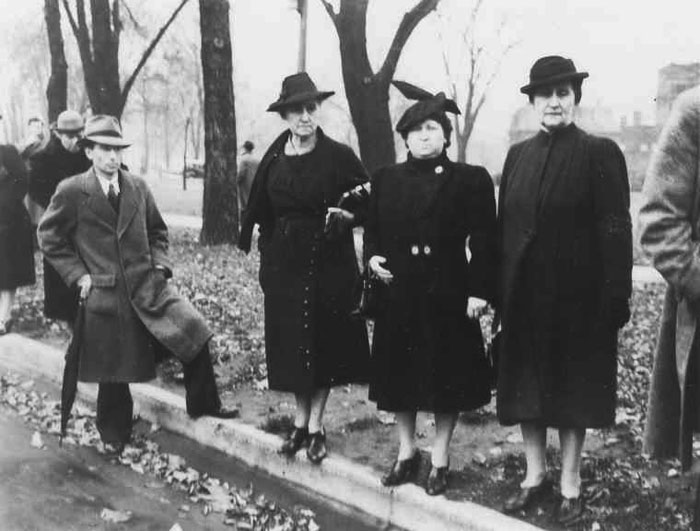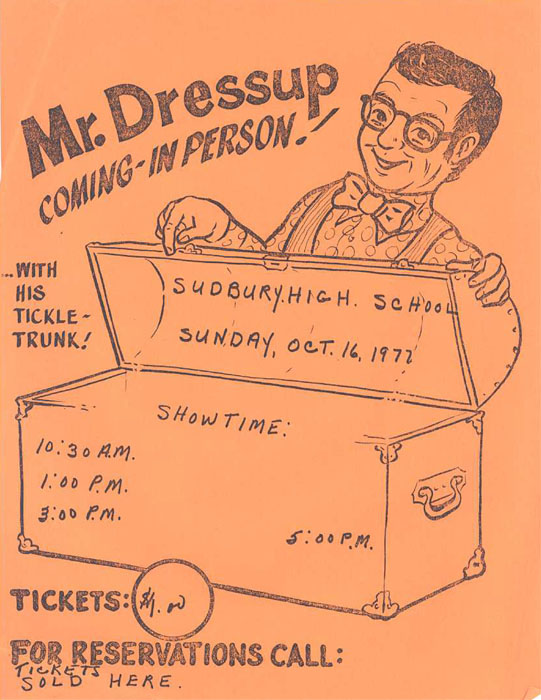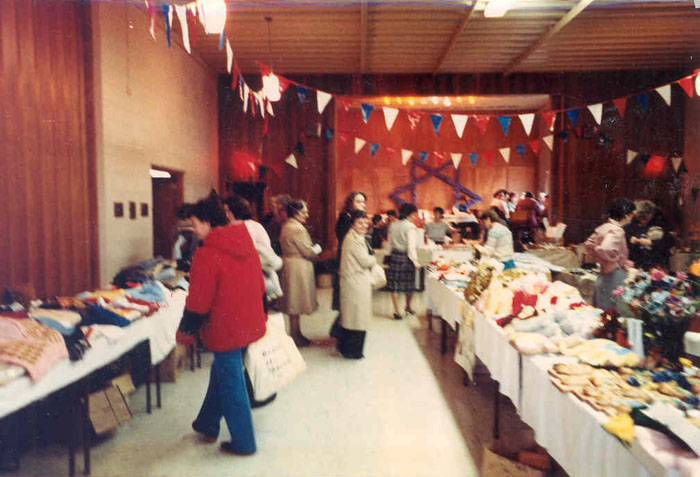Hadassah
The local Hadassah group, called the Dorothy Rothschild Chapter, was established on 22 March 1928. The first president was Annie Moses and the first executive included 17 women from the community. The dues were set at $0.50 a month and they held similar meetings as the sisterhood group. In fact, because of the size of the community, many of their members served on the sisterhood as well. During their meetings, they would read and have discussions pertaining to letters that came from the central Hadassah office (HQ) as well as bulletins and periodicals with stories documenting events taking place in other parts of the world. Over the years, their numbers grew significantly and the chapter boasted 55 members by 1953.
Most women in the community ended up joining Hadassah after they married. Vivian Ironstone Field, who joined after arriving in town as a young bride during the late 1950s, stated that one woman joked to her that "when you live in a small town, your membership in Hadassah came with your Ketubah." Like the sisterhood group, most of their activities were intended to raise money to support important causes. They sold Mother's Day cards, held teas, bake sales, rummage sales, their famous Hadassah Bazaar, and more recently, organized art auctions, a Mr. Dressup event and a Nouveau Beaujolais evening. Most of the proceeds from their events went to Headquarters, and at times they shared their earnings with the sisterhood. The remaining funds supported charities such as the Jewish National Fund, hospitals in Palestine, the Red Cross, as well as causes such as Jewish orphans and refugees during and after the war. In addition to fundraising, the Hadassah ladies also sent out congratulation and condolence cards and held farewell dinners for members of the community.

Hadassah Hierarchy
Judi Cartman discusses the hierarchy that existed within the local Hadassah chapter and the process involved in working your way up the ladder.
Interview with Judi Cartman, 15 August, 2007, Sharon Gubbay Helfer. OJA, Oral History #344
Click here to watch the video








